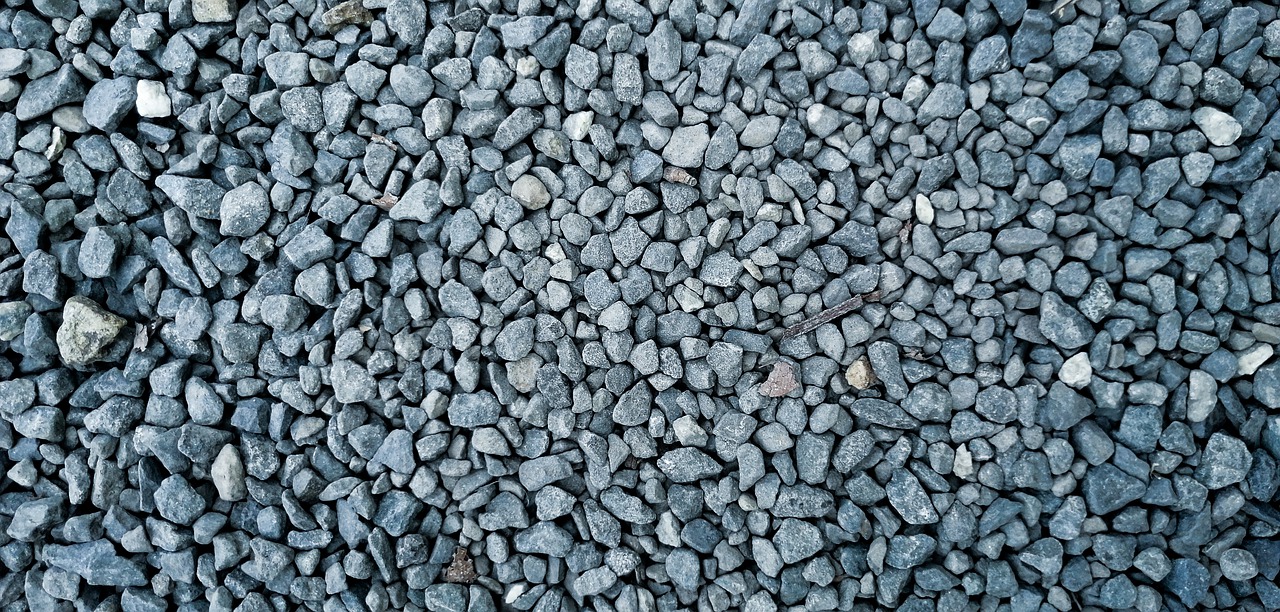As we get farther from the equator, solar panels do not work effectively during the winter months. It is not only due to the shorter spans of sunlight during the winter months but even very light spell of snow can render solar panels ineffective.
Now a team from the University of California Los Angeles (UCLA) has developed a new device that can generate electricity even from falling snow. This innovative device is inexpensive, thin, small, and is flexible just like a plastic sheet. The team named this device a snow-based triboelectric nanogenerator (TENGs), or Snow TENG.
Science behind:
As the name suggests it works off the triboelectric effect, in other words it makes use of static electricity for generating a charge through the exchange of electrons. As the snow falls towards earth, snowflakes are positively charged and are ready to give up electrons. When falling snow comes in contact with the surface of silicone, charge is produced that the device captures, creating electricity.
Richard Kaner, senior author of the study, said, “Static electricity occurs from the interaction of one material that captures electrons and another that gives up electrons,” “You separate the charges and create electricity out of essentially nothing.”







